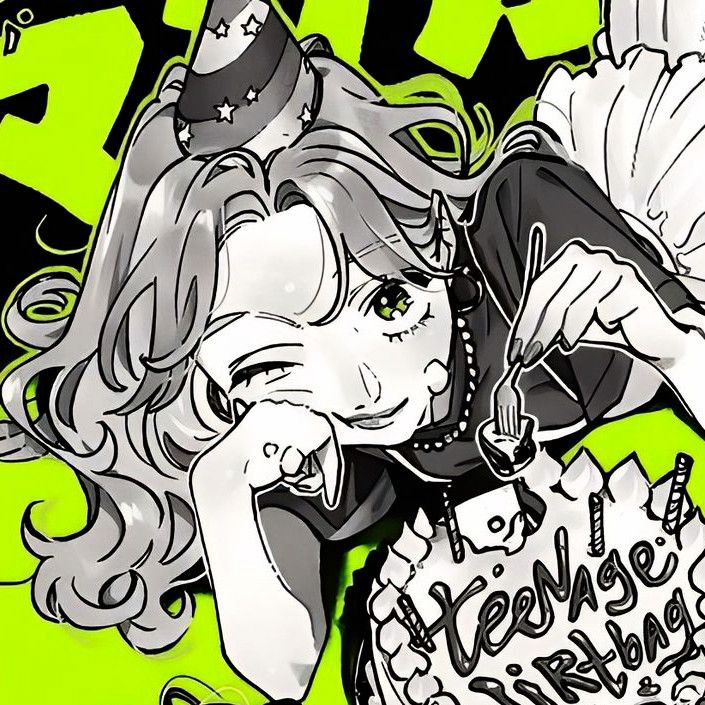TEXTUAL AIDS AND GRAPHIC ORGANIZERS (M2)
Cards (45)
- What are Textual Aids?
- Examples of Textual Aids:
- Headings and Subheadings
- Bold or Italicized text
- Footnotes and Endnotes
- Glossaries
- Tables of contents
- Indexes
- Sidebars
- Pull quotes
- Captions
- Annotations
- Diagrams and Illustrations
- Charts and Graphs
- Text Boxes
- Timelines
- Bulleted or numbered lists
- Color coding
- Hyperlinks
- Summaries
- Bibliographies or reference list
- Graphic Organizers
- Other Terms of Graphic Organizers:
- Descriptive or Thematic map
- Network Tree
- Spider Map
- Problem and Solution Map
- Problem-Solution Outline
- Fishbone Diagram
- Comparative and Contrastive Map
- Continuum Scale
- Series of Events Chain
- Cycle
- Human interaction Organizers
- Types of Graphic Organizers:
- Non-Linear Texts
- Types of Non-Linear Texts
- Pie Chart
